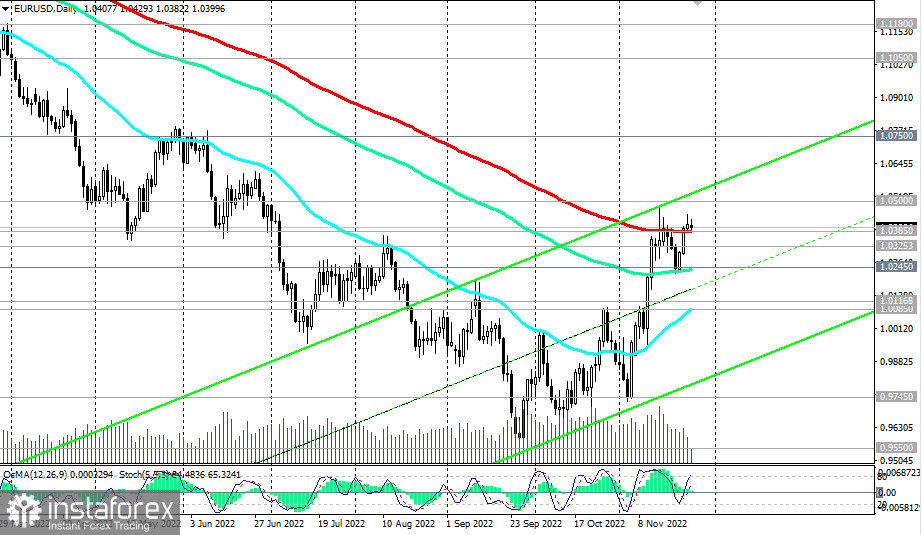Before the start of today's US trading session, which will be shortened due to continued Thanksgiving celebrations in the US, dollar buyers decided to take advantage of its strong drop after Wednesday's publication of weak macro data and minutes from November Fed meeting.
As follows from the published minutes, most of the leadership of the US central bank support the idea of slowing down the pace of rate hikes in the near future. Market participants now expect a 50 basis point Fed rate hike in December. According to the CME Group, that probability is currently 76%.
However, the intrigue remains here: even if the pace of interest rate hikes in the United States slows down, it will still remain one of the highest among the interest rates of other major global central banks and will probably reach the level of 4.75%, and maybe even higher, in the first months of next year.
Many economists are inclined to believe that further tightening of monetary policy in the US will lead to an increase in government bond yields and the dollar, even despite the uncertainty caused by the recent publication of the Fed's pronouncements.
Meanwhile, the minutes from the ECB's recent monetary policy meeting were released on Thursday, and was ignored by market participants. It showed that several members of the bank's Governing Council would have preferred a 50 basis point rate hike rather than a 75 bps, given the prospect of a "prolonged and deep recession."
As noted above, today, buyers of the dollar are trying to take advantage of its strong fall the day before, which contributed to the growth of its quotes since the beginning of today's trading day. But, most likely, the main currency pairs will spend the day in ranges without a clear direction. Both buyers of the dollar and its sellers need new drivers, and there will be none today, both amid the absence of important macro statistics publications in today's economic calendar, and due to the short trading day in the US.
Such drivers will appear only next week. On Wednesday—the ADP private sector jobs report for November and the first quarterly update of the US annualized GDP; on Thursday—the PMI manufacturing indices; and on Friday—the Labor Department's monthly report with data for November, which will be the main focus of the financial markets.

As for the euro, it retains the potential for growth against the dollar. As early as Wednesday, EUR/USD made an attempt to break through the key resistance level of 1.0385, and on Thursday—further growth, trying to gain a foothold in the zone above this level, which separates the bullish trend from the bearish one.
A breakout above the long-term resistance level of 1.0500 will significantly increase the risks of breaking the long-term bearish trend of EUR/USD. But for it to finally be broken, the price needs to rise above 1.1180 and 1.1200. For now, EUR/USD does not have such a powerful push upward.
 English
English 
 Русский
Русский Bahasa Indonesia
Bahasa Indonesia Bahasa Malay
Bahasa Malay ไทย
ไทย Español
Español Deutsch
Deutsch Български
Български Français
Français Tiếng Việt
Tiếng Việt 中文
中文 বাংলা
বাংলা हिन्दी
हिन्दी Čeština
Čeština Українська
Українська Română
Română

